With e-commerce making the number of individualized orders go through the roof there is an increase in third-party warehousing. The days of larger shipments of product going to single retailers (via cases, pallets, or containers) are now in addition to an abundance of individual orders being shipped direct to customer. As such, there is more inventory being picked and shipped on a more personalized/individualized scale but in much higher volumes. There is no evidence to suggest that this e-commerce boom is just a trend or phase. In fact, it is to the contrary. This is the way into the future, and it will impact your warehouse.
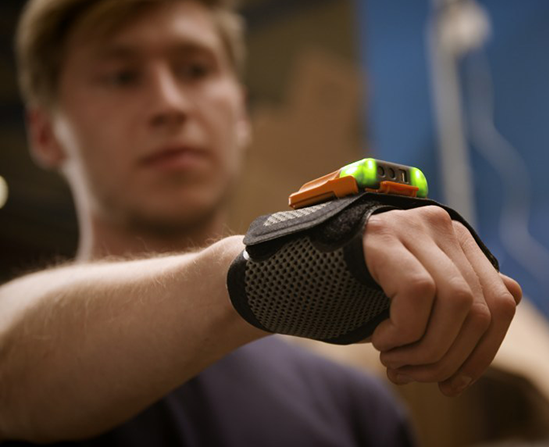
Your warehouses and workforce need to be well-equipped for the challenges this e-commerce age presents.
Wearable technology solutions are one giant step for your labor force and your warehouse in making them both more ready for the future of e-commerce and its impact on your operations and warehouse.
Wearable solutions are made to be worn by your workforce and support speed, efficiency, and repetitive motion all which boost the productivity of your warehouse.
DEFINING WEARABLE TECHNOLOGY
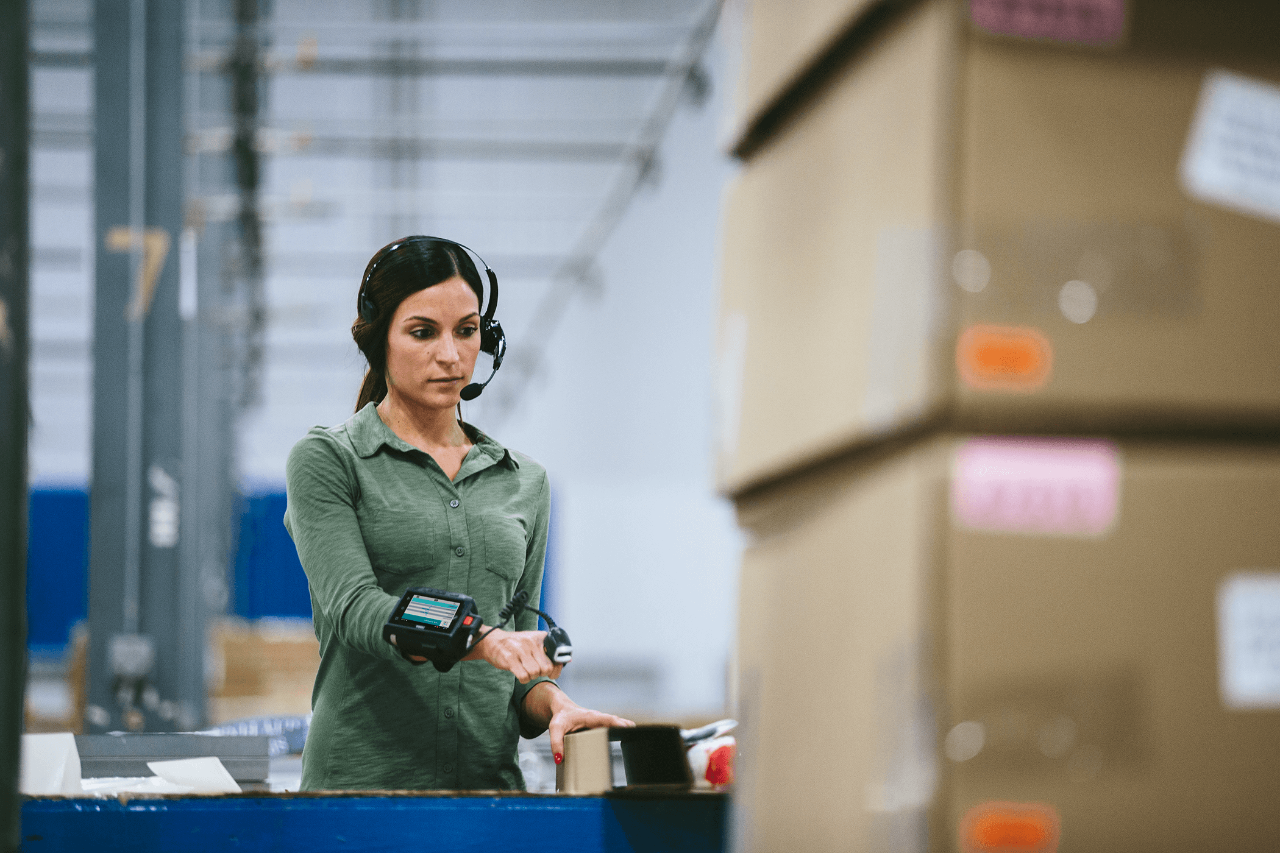
Wearable technology is worn on the body of a person and provides a hands-free picking solution. Wearable technology provides comfort alongside value because it frees up both hands allowing workers to use two when picking heavy or unwieldy items. Instead of trying to carry (or balance) both their hand terminal and the item itself; or having to scan or log the item and then find a place to rest or place their handheld device, they can create one streamlined process and motion by the wearable device being attached to their hand, wrist, or arm.
Now, your workforce can capture the information while not slowing down the actual physical process of picking the order. The short of it is this: wearable technology allows workers to pick more orders, more accurately and more efficiently.
THE BENEFITS OF WEARABLE TECHNOLOGY
Consider the UPS or FedEx driver with a holstered scanner or handheld terminal. They scan the shipment upon delivery, but now they either must holster their scanner or find a place to put their handheld terminal before they can grab the delivery item. If the item is particularly heavy or awkward, they may be trying to juggle their device with the package itself which could lead to dropping one or both. Add to that the repetitive motion of scanning and then carrying packages and devices and you add to the physical ware-and-tear of your delivery personnel.
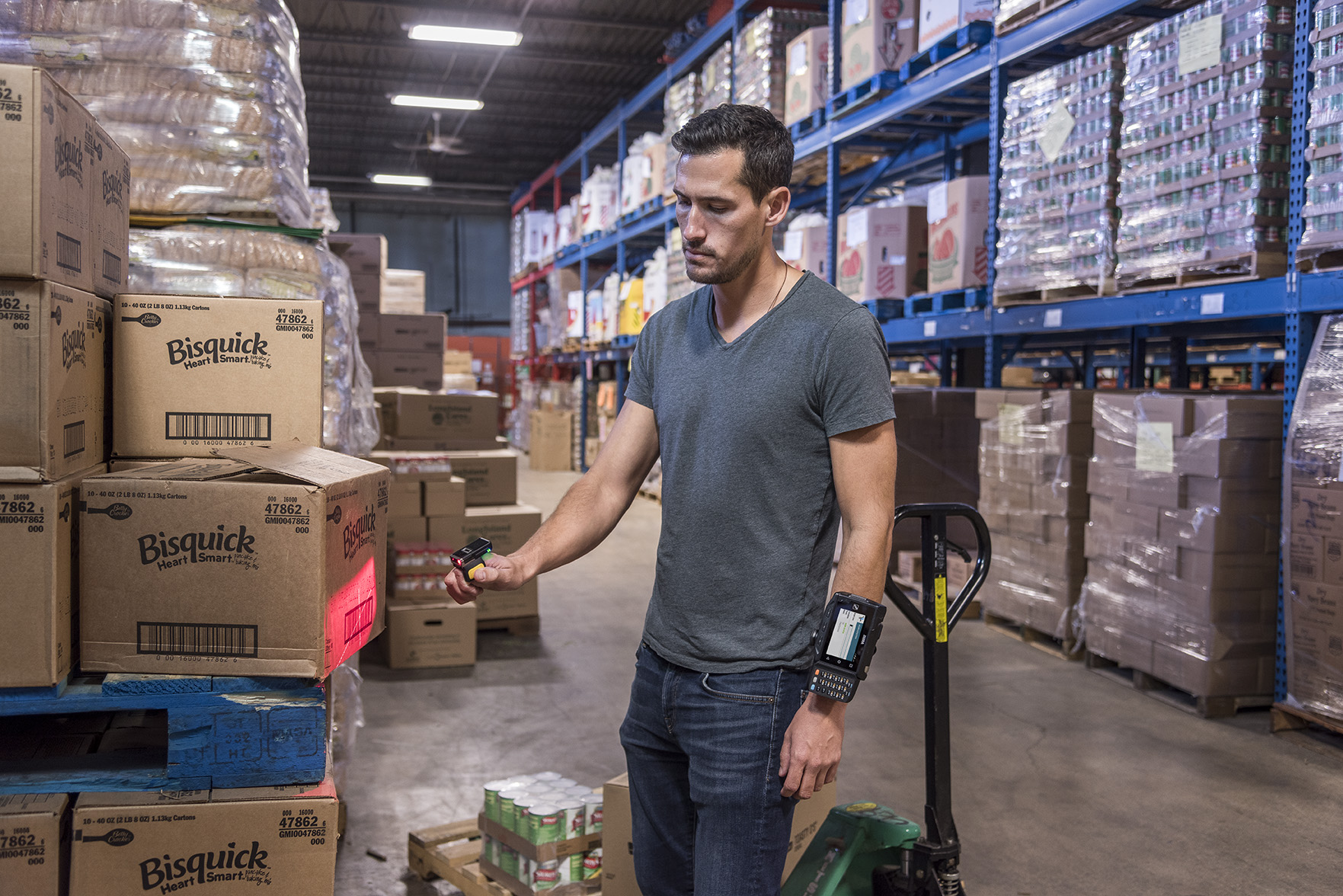
Consider how many deliveries that person makes in a day. This is a lot of inefficiency and repetitive motion built up over the course of an entire workday, which builds up over a week, etc. It’s not different for your warehouse worker who is up and down the lanes picking orders trying to juggle their handheld and mobile devices alongside picking and carrying inventory from point A to point B, trying to stay both efficient and accurate.
When workers free up their hands, they can complete more tasks and productivity increases. In freeing up both hands, you allow workers to use both hands to pick those heavy and unwieldly items. You improve their physical mobility while also increasing the mobility of the device itself. Wearable scanners reduce injury that is due to the repetitive motion that a gun-style scanner requires to operate. All in all, you end up with a more efficient operation (and increased longevity of your devices and your labor.)
GETTING STARTED WITH WEARABLE TECHNOLOGY
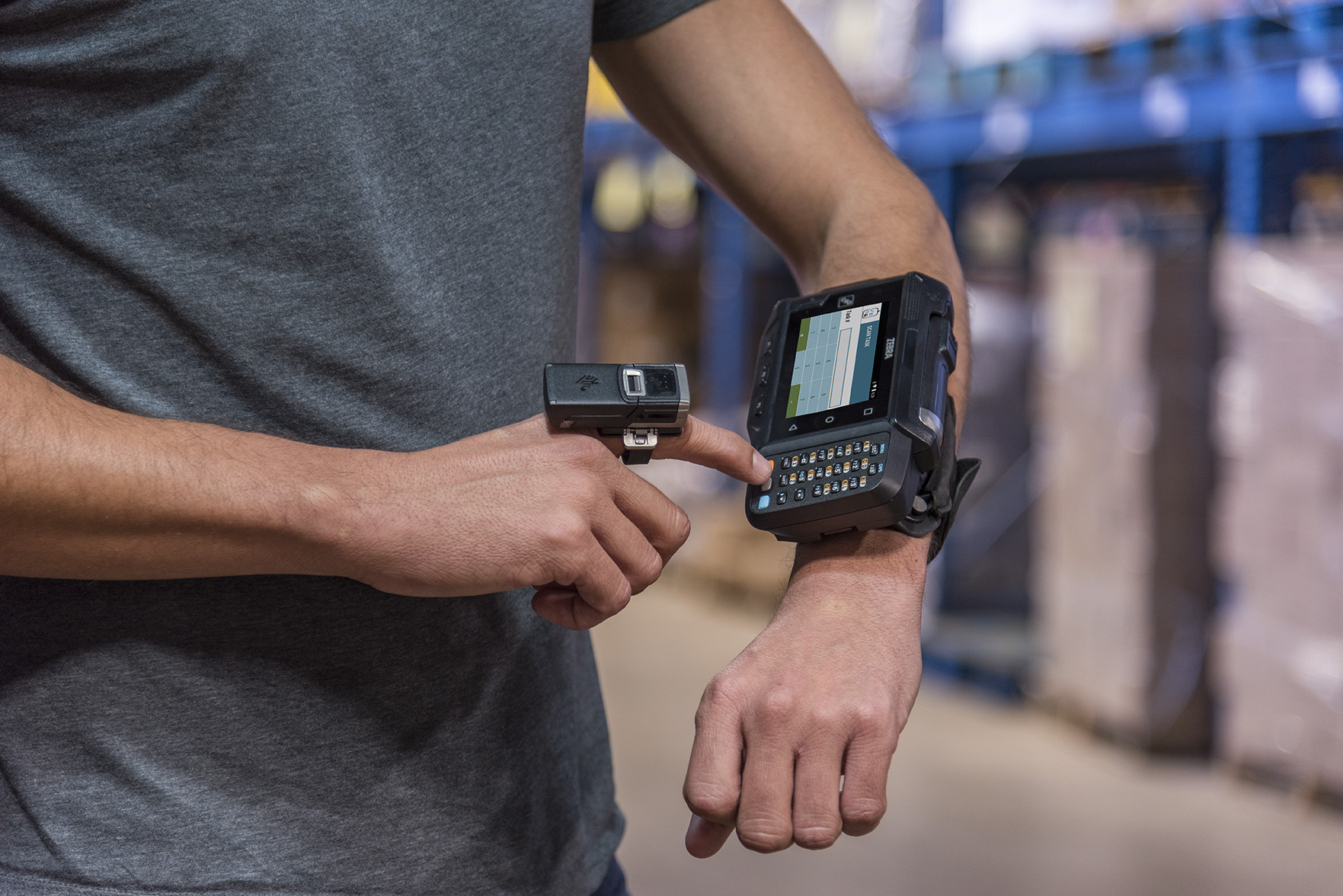
If you are looking to start developing your wearable technology solution, we recommend you begin with a wearable terminal and a ring scanner. Zebra has the WT600 a wearable computer. The WT600 prioritizes comfort, coming in smaller and lighter than other computer wearables. It has a rugged design, ensuring maximum uptime in the toughest environments. Honeywell also offers terminals in similar form factor, such as their CT40 or CT60.
These are compatible with the last five Android generations and allow companies to test and validate applications once, accelerate enterprise-wide deployment, optimize device performance, and simplify maintenance. And keep your eyes on the future with wearable computers such as the HD4000 which is a head-mounted display. These are not yet commonly being used, but it is only a matter of time.
For ring scanners, there is Zebra’s RS5100 which represents the next generation of ring scanners. This ring scanner is practically weightless, has different trigger models, and is designed to fit onto the wearer’s fingers, across the back of their hand, or on a lanyard. It provides first-time capture of barcodes regardless of their condition. Alternative to the ring scanner there is a wearable scanner the ProGlove Mark 2. It comes in two convenient scanning ranges to fit your operational needs and connects to tablets, smart watches, or wearable terminals via Bluetooth, USB, and RS 232.
The future is upon us and there is no time like the present to make your workforce and warehouse ready.
You are already feeling the onslaught of order and fulfillment. It is time to equip your workforce, so they have the advantage of speed, efficiency, and lower physical stress from repetitive motion. You can increase your productivity, decrease your errors, and free up your workforces’ hands by getting started with your wearable technology solution. Contact us. We can get you suited up with wearable terminals and scanners and your workforce and warehouse a little more prepared for the future.
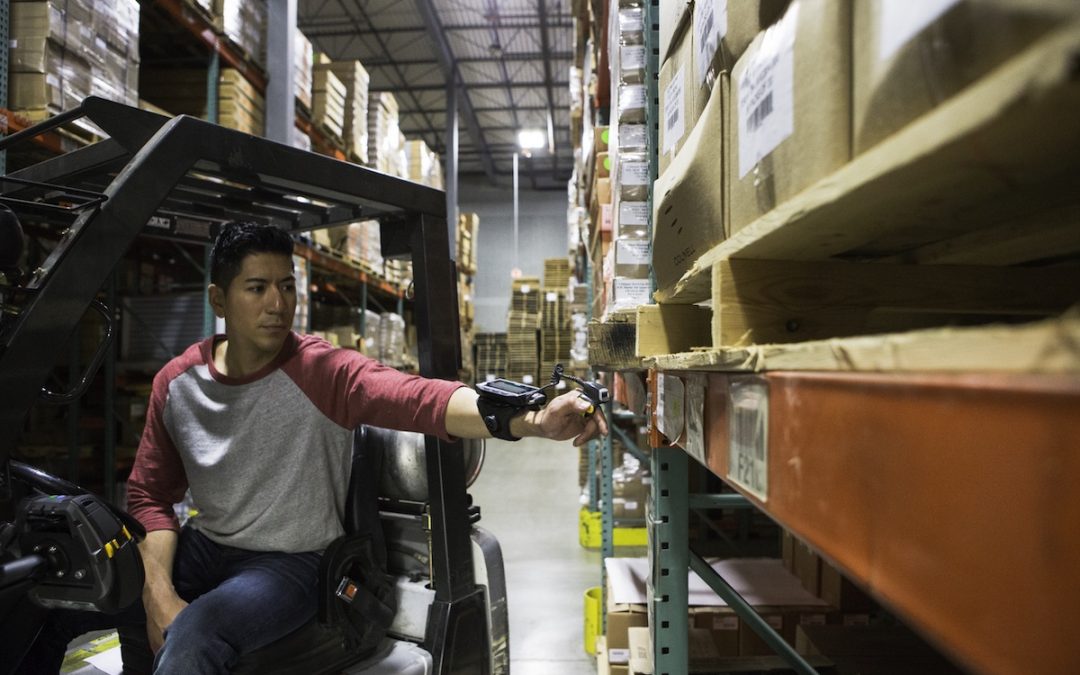




Trackbacks/Pingbacks